Natural Hazards Research Summit 2024
May 14–15, 2024 | College Park, MD | #NatHazSummit24
Program – Day 1, Tuesday May 14
|
8:00 AM |
Registration and Coffee |
|||
|
8:45 AM |
Welcome |
|||
|
9:00 AM |
Opening Remarks from NSF |
|||
|
9:10 AM |
Accelerating Technology, Innovation, and Partnerships |
|||
|
9:20 AM |
Keynote Address |
|||
|
10:10 AM |
Break |
|||
|
10:40 AM |
Lightning Talks - Session 1 |
|||
|
11:15 AM |
Panel: Calculations, Codes, and Communities: A Discussion of Strategies for Building Connections between Research and Practice |
|||
|
12:00 PM |
Lunch |
|||
|
1:00 PM |
NHERI Decadal Visioning Study |
|||
|
1:30 PM |
Lightning Talks - Session 2 |
|||
|
2:10 PM |
Discussion Break |
|||
|
2:25 PM |
Lightning Talks - Session 3 |
|||
|
3:05 PM |
Day 1 Closing Remarks |
|||
|
3:15 PM |
Poster Reception |
|||
Accelerating Technology, Innovation, and Partnerships
9:10am – 9:20am
Learn about the National Science Foundation’s Directorate of Technology, Innovation, and Partnerships and how they’re working to accelerate the translation of hazards and disaster research.

Dr. Danielle Sumy is a Program Director of the National Science Foundation's Technology, Innovation, and Partnerships directorate. NSF-TIP has a mission to advance critical and emerging technologies, accelerate use-inspired and translational research, and empower all Americans to participate in the U.S. research and innovation enterprise. Dr Sumy's programs include:
- Confronting Hazards, Impacts and Risks for a Resilient Planet (CHIRRP)
- Ethical and Responsible Research (ER2)
- Responsible Design, Development, and Deployment of Technologies (ReDDDoT)
Keynote Address
9:20am – 10:10am
This keynote will address strengthening community resilience, and how partnerships in national studies and federal investigations of disasters and failures translate into impactful changes in policy and practice.
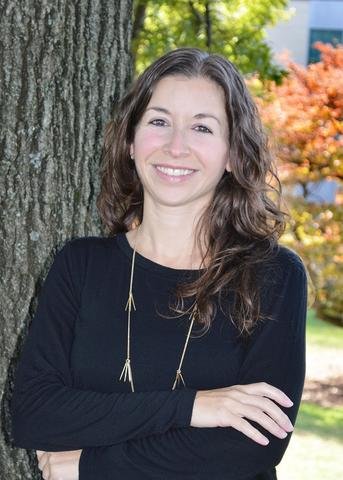
Dr. Maria Dillard is a Research Social Scientist for the National Institute of Standards and Technology’s Community Resilience Group. Her research is focused on community response to hazards and chronic stressors and the development of methods for measurement and modeling community resilience, recovery, well-being, and vulnerability. Dr. Dillard serves as Associate Team Lead for the NIST Hurricane Maria Program and Associate Lead Technical Investigator of the National Construction Safety Team (NCST) investigating the impacts of Hurricane Maria on Puerto Rico. She also leads a National Windstorm Impact Reduction Program (NWIRP) project in the Hurricane Maria Program that examines the recovery of the services provided by schools and hospitals and the role of these social institutions in the recovery of communities following disasters. Previously, Maria served as the Acting Director of the Disaster and Failure Studies Program at NIST. She has a PhD in Sociology from the University of Pittsburgh and a MA in Sociology from East Carolina University. Prior to NIST, Maria was a Social Scientist for the National Oceanic and Atmospheric Administration’s National Centers for Coastal and Ocean Science and a researcher for the Veterans Affairs Healthcare Administration.
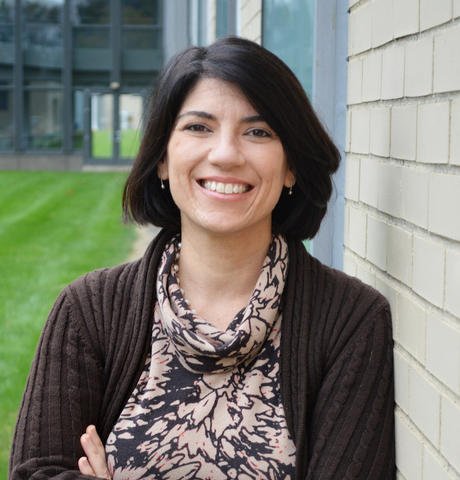
Dr. Judith Mitrani-Reiser is a Senior Research Scientist at the National Institute of Standards and Technology (NIST) and has dedicated her career to reduction of losses from disasters and failures in our built environment. Judy previously served as the Associate Chief of the Materials and Structural Systems Division and the Director of the Disaster & Failure Studies Program of the Engineering Laboratory at NIST. Before switching to a career in public service, she served on the faculty of the Departments of Civil Engineering and of Emergency Medicine at Johns Hopkins University. Judy currently leads NIST's National Construction Safety Team (NCST) investigation of the partial collapse of Champlain Towers South in Surfside, Florida. She also leads the mortality project of the NCST investigation of Hurricane Maria’s impacts on Puerto Rico. Judy received her Ph.D. in Applied Mechanics from Caltech, M.S. in Structural Engineering, Mechanics, and Materials from UC Berkeley, and B.S. in Civil and Coastal Engineering U. of Florida. Judy was inducted into the Academy of Distinguished Alumni at the University of California, Berkeley in 2021, and has received several NIST awards for her mentorship, dedication to a safe working environment, and her advocacy for diversity, equity, and inclusion in the workplace.
Panel: Calculations, Codes, and Communities: A Discussion of Strategies for Building Connections between Research and Practice
11:15am – 12:00pm
Moderator: Shelby Bensi, University of Maryland

Cherylyn Henry
Senior Project Manager & Structural Engineer
ZAPATA
Cherylyn is a structural engineer and project manager with ZAPATA in Charlotte, North Carolina, and is a licensed professional engineer with nearly 20 years of design experience. She has been involved in standards development since 2012, now chairing the ASCE 7 Wind Load Subcommittee. Cherylyn is a member of the ASCE 7 Main Committee, along with the newly formed ASCE 7 Loads on Temporary Structures committee and Future Conditions committee. She is the past-Chair of the ASCE Codes and Standards Committee and is a member of the ASCE Committee on Technical Advancement.
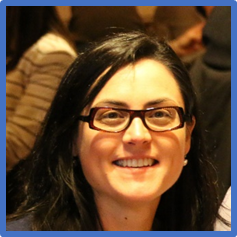
Giovanna Biscontin, Ph.D.
Program Director
National Science Foundation
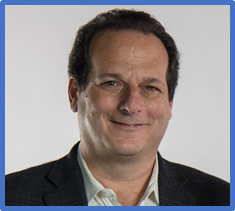
Mark Levitan, Ph.D.
Research Wind Engineer
National Institute of Standards and Technology
Dr. Marc Levitan conducts research on tornadoes and hurricanes, their impacts, and mitigation in support of the National Windstorm Impact Reduction Program (NWIRP), a multiagency program whose purpose is to achieve major measurable reductions in the losses of life and property from windstorms.
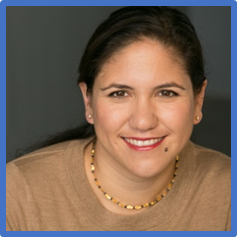
Ayse Hortacsu
Director of Projects
Applied Technology Council
Ayse Hortacsu is Director of Projects at the Applied Technology Council (ATC), a non-profit structural engineering organization headquartered in the San Francisco Bay Area. Over her 16 years at ATC, she has managed projects on various structural engineering issues that have resulted in over 60 publications to date. Her projects have earned Excellence in Structural Engineering awards from the Structural Engineers Association of California (SEAOC) and have led to preparation of seismic mitigation policy in the U.S. and abroad.
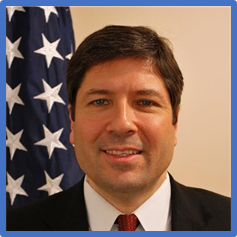
John Ingargiola
Lead Physical Scientist &
Building Codes Policy Advisor
Federal Emergency Management Agency
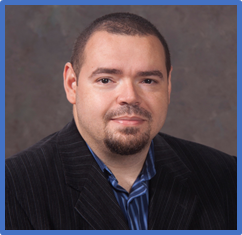
Norberto C. Nadal-Caraballo, Ph.D.
Senior Research Civil Engineer; Coastal Hazards Group (CHG) Lead
U.S. Army Corps of Engineers, ERDC-CHL
Dr. Norberto Nadal-Caraballo is a Senior Research Civil Engineer and Coastal Hazards Group (CHG) Lead at U.S. Army Coastal and Hydraulics Laboratory in Vicksburg, Mississippi. His areas of expertise include coastal storm hazards, probabilistic analysis and applied machine learning, extreme value analysis, flood risk assessment, compound coastal-inland flooding, and extreme storm climatology. Dr. Nadal-Caraballo leads the Coastal Hazards System (CHS) initiative, a national-scale, multi-agency effort for quantifying storm hazards along all U.S. coastlines and other locations critical to National security.
Lightning Talks - Session 1
10:40am – 11:15pm
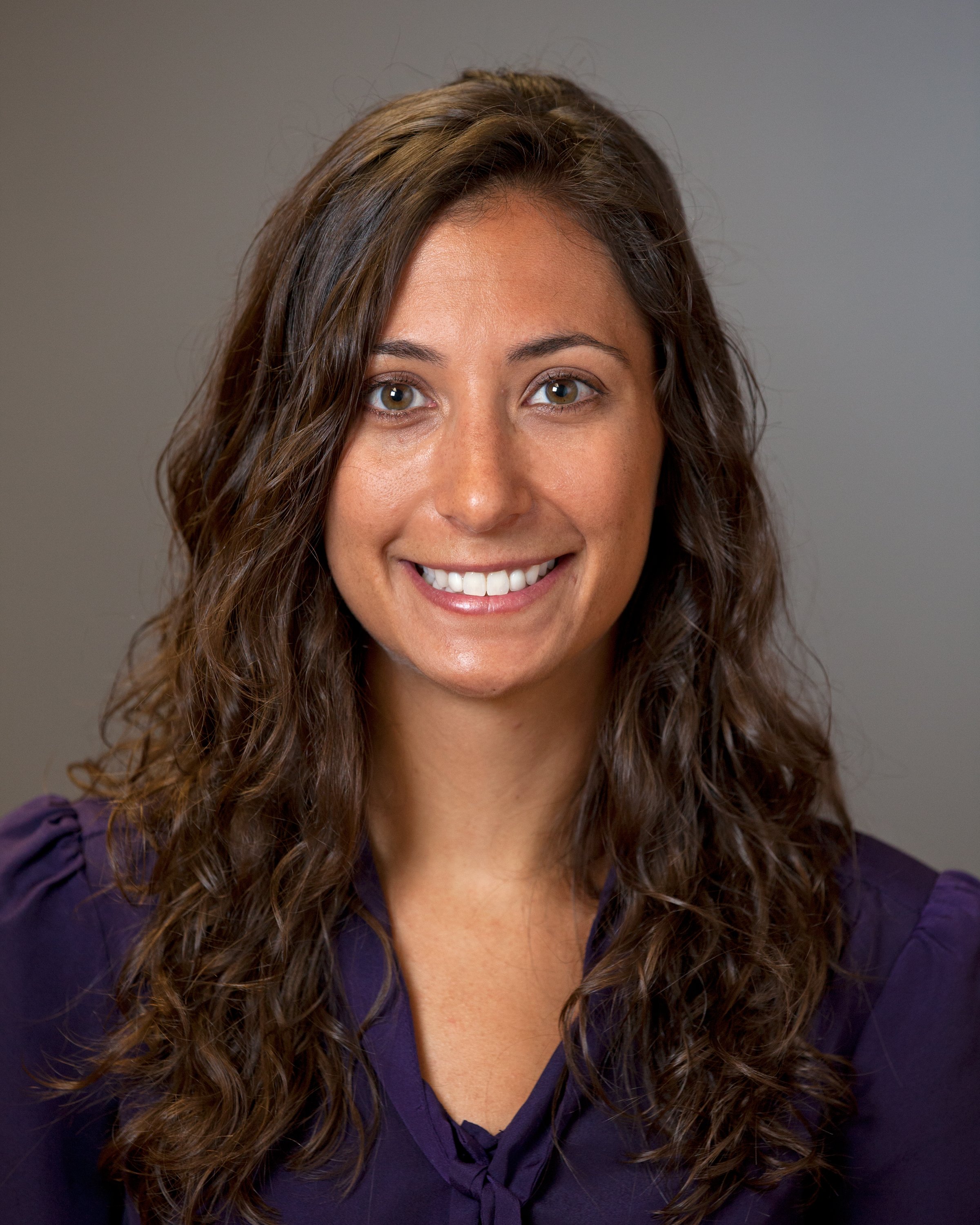
Elaina Sutley
Associate Dean for Diversity, Equity, Inclusion and Belonging, and Associate Professor in Structural Engineering, University of Kansas
Integrating post-Hurricane Michael reconnaissance and experimental research to change wind load provisions on elevated buildings
This lightning talk will demonstrate how findings from post-Hurricane Michael RAPID reconnaissance were integrated with experimental research at the NHERI Wall of Wind to identify new insights on elevated buildings. The RAPID built off of the virtual reconnaissance of StEER to investigate performance of elevated site-built housing and manufactured housing. Nearly 200 structures were investigated, including documenting underside floor surface damage patterns on the elevated site-built buildings. Experimental research used large-scale models in a wind tunnel to measure wind pressure coefficients on the underside exposed floor surface. Experimental contours were compared to empirical findings and used to develop new provisions for ASCE/SEI 7 that were incorporated into the 2022 edition. Damage patterns and observations on manufactured housing are being used to evaluate effectiveness of 24 CFR 3285 anchorage provisions for Wind Zones II and III.
Impacts:
- This research resulted into new wind load provisions in ASCE/SEI 7-22 for elevated structures.
- This research highlighted the disparate damage experienced by manufactured housing in high wind events, and points to a need for updated code provisions.
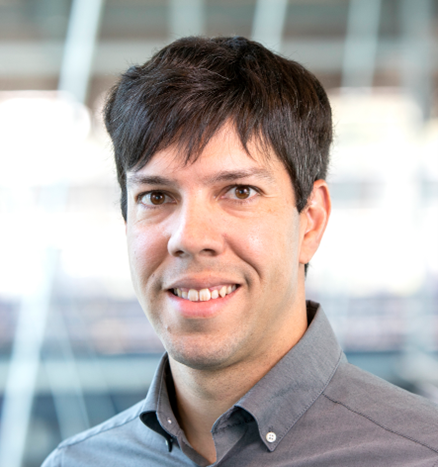
Pedro L. Fernández-Cabán
Assistant Professor, FAMU-FSU College of Engineering
Harnessing High-Throughput Physical Experimentation to Accelerate Discovery and Enhance Numerical Prediction Models
The transient and variable nature of extreme weather events presents challenges to researchers and engineers seeking to recreate real-world hazard conditions in the laboratory. Costly and time-intensive procedures associated with physical experimentation usually prevent robust exploration of the highly dimensional parameter space that characterizes realistic hazard conditions. Consequently, physical testing methods are generally limited to small subsets of idealized hazard scenarios. This lightning talk will highlight state-of-the-art physical simulation techniques that leverage automation to efficiently investigate the vast domain of hazard conditions and their interaction with the built environment. The talk will also discuss how researchers can leverage experimental datasets to improve numerical models designed to predict civil infrastructure performance during extreme weather events.
Impacts:
- Automated physical simulation of complex loading conditions to quantify their impact on civil infrastructure performance
- Cyber-physical testing and optimization techniques to enhance the performance of civil structures
- Leveraging high-fidelity experimental datasets to train and validate computational models
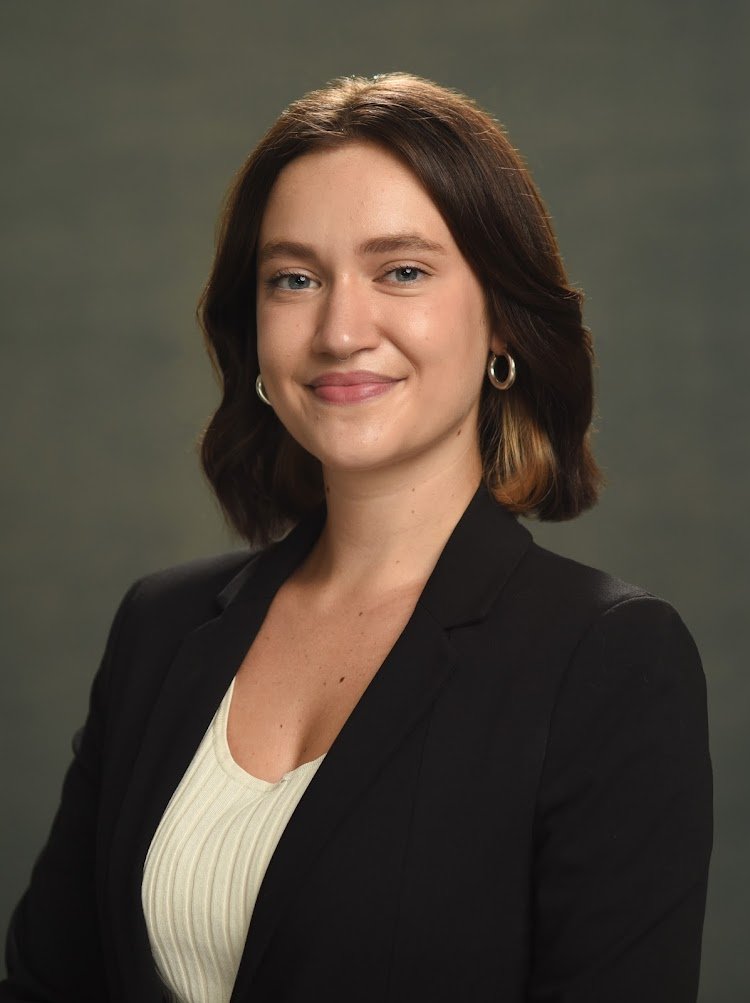
Rachel Hamburger
Ph.D. Student, University of Notre Dame
Accelerating the integration of high-fidelity methods for hurricane risk assessment with a unifying damage and loss simulation framework
The risk that hurricanes pose to communities has been increasing due to the combined effect of urbanization and intensified storms. High-fidelity hurricane simulations are effective tools to identify vulnerabilities in a community and develop mitigation strategies. However, popular methods for regional-scale analyses, such as HAZUS-MH and the Florida Public Hurricane Loss Model, use low-resolution models, lacking some critical details necessary for effective interventions. Researchers have independently pursued the development of advanced models for various aspects of the problem. This study introduces a unifying framework that integrates both conventional models and recent advancements into a cohesive schema. Through a comprehensive literature review, our framework integrates major models, leveraging the NHERI SimCenter’s Pelicun damage and loss simulation engine for implementation. By combining these models and ensuring public availability, our framework can help foster collaboration and accelerate future research, making regional-scale high-fidelity simulations accessible for all.
Co-authors: Adam Zsarnóczay, Stanford University; Tracy Kijewski-Correa, University of Notre Dame; Nii Otu Tackie-Otoo, University of Delaware; Rachel Davison, University of Delaware; Seymour M.J. Spence, University of Michigan
Impacts:
- This research introduces a standardized framework enhancing clarity and consistency in hurricane damage and loss modeling methodologies and terminology
- Available models are contextualized within a cohesive framework that can be applied to multiple hurricane hazards such as winds, wind-driven rain, and wind-borne debris.
- The data and methods backing the framework for each hazard are implemented into SimCenter’s computational simulation ecosystem, facilitating the adoption of existing models and providing open access to model parameters.
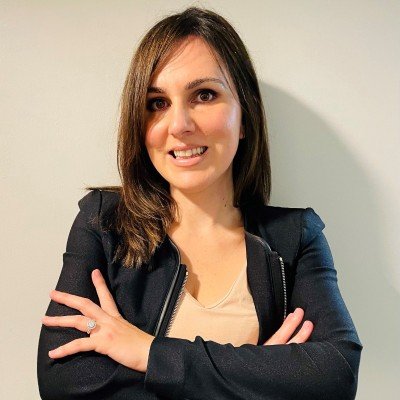
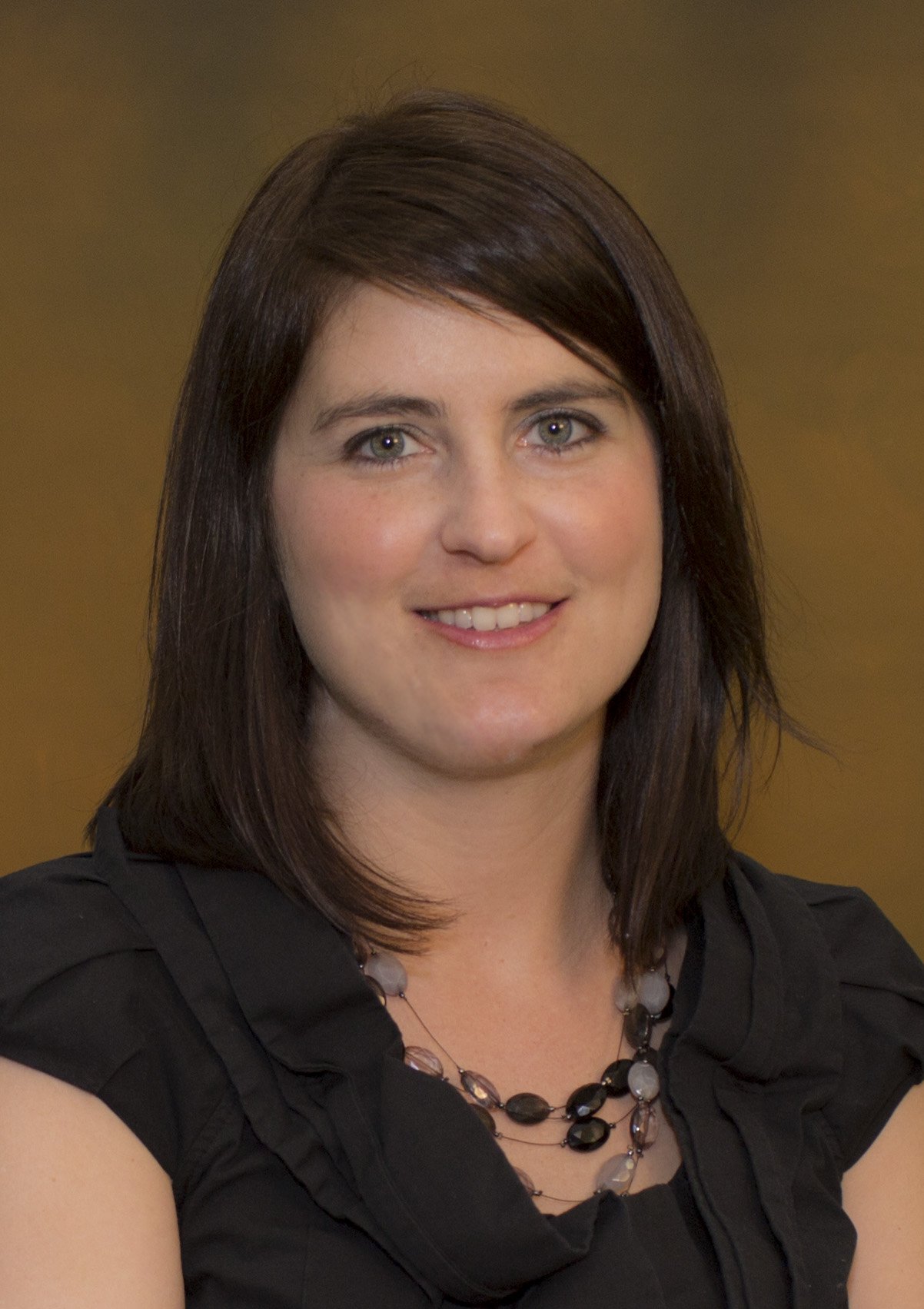
Emina Herovic
Social Scientist and Risk Communications Specialist, National Institute of Standards and Technology
Tanya Brown-Giammanco
Director, Disaster Failure Studies, National Institute of Standards and Technology
Enhancing Disaster Resilience: NIST’s Interdisciplinary Investigations of Large-Scale Disasters
Interdisciplinarity in disaster assessment is critical for capturing the full breadth of disasters, including hazard characteristics, impacts to buildings and physical infrastructure, and socio-economic short-and long-term impacts. The National Institute of Standards and Technology’s Disaster and Failure Studies Program led several large-scale disaster investigations, such as the World Trade Center collapse, the Station Nightclub fire, and the Joplin, Missouri tornado, successfully utilizing interdisciplinary approaches to advance codes, standards, and practices for disaster resilience. The ongoing interdisciplinary investigation of Hurricane Maria, which devastated widespread areas of Puerto Rico in 2017, allows for contextualization of impacts to assess the effectiveness of risk communication, protective action response, and social dynamics influencing recovery, among others. Ultimately, interdisciplinary disaster investigations provide comprehensive lessons learned from the disaster, enrich the understanding of vulnerabilities and capacities for recovery within communities, and foster more resilient and adaptive built environments and socio-economic structures in the face of future disasters.
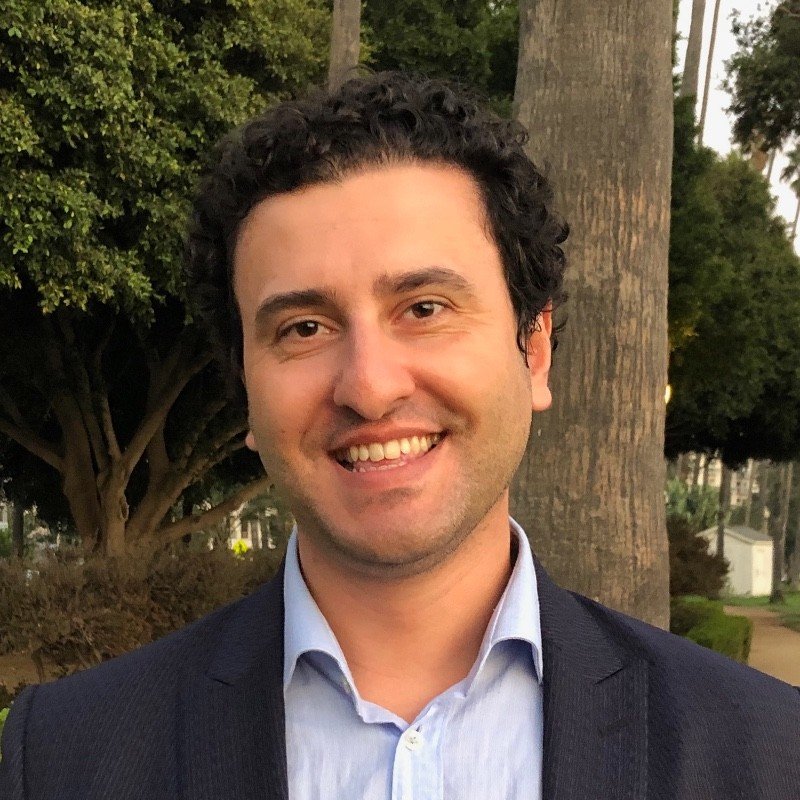
Barbaros Cetiner
Postdoctoral Scholar, NHERI SimCenter, UC Berkeley
AI-Assisted Workflows for Automated Extraction of Building Inventory and Damage Information from NHERI RAPID Reconnaissance Data
The last few decades of Natural Hazards Engineering have seen major strides in establishing the modeling and simulation capabilities for regional-level applications. Despite these significant advancements, building inventory data needed to effectively use these new capabilities remained mostly unavailable, undermining the applicability of these new methods to large-scale problems. This presentation will focus on one of the few successful and scalable implementations of Deep Learning (DL)/Computer Vision (CV)-based inventory extraction, i.e., NHERI SimCenter's BRAILS tool, meant to tackle this data gap. Specifically, the presentation will highlight the recent findings indicating BRAILS' ability to better extract inventory information from high-fidelity reconnaissance data collected by NHERI RAPID and the current methods built into BRAILS to use RAPID data in establishing granular building inventories. Another focal point of this presentation will be to showcase potential uses of RAPID data for automated damage detection using BRAILS' DL/CV models. A brief discussion of the future BRAILS enhancements for utilizing RAPID data to further meet natural hazards engineering needs will also be presented
Impacts:
This work will enable quick and automated i) extraction of building-level imagery from large-scale reconnaissance data and ii) parsing of this imagery to obtain information that will allow validation/verification of large-scale natural hazards modeling and simulation methods.
Lightning Talks - Session 2
1:30pm – 2:10pm
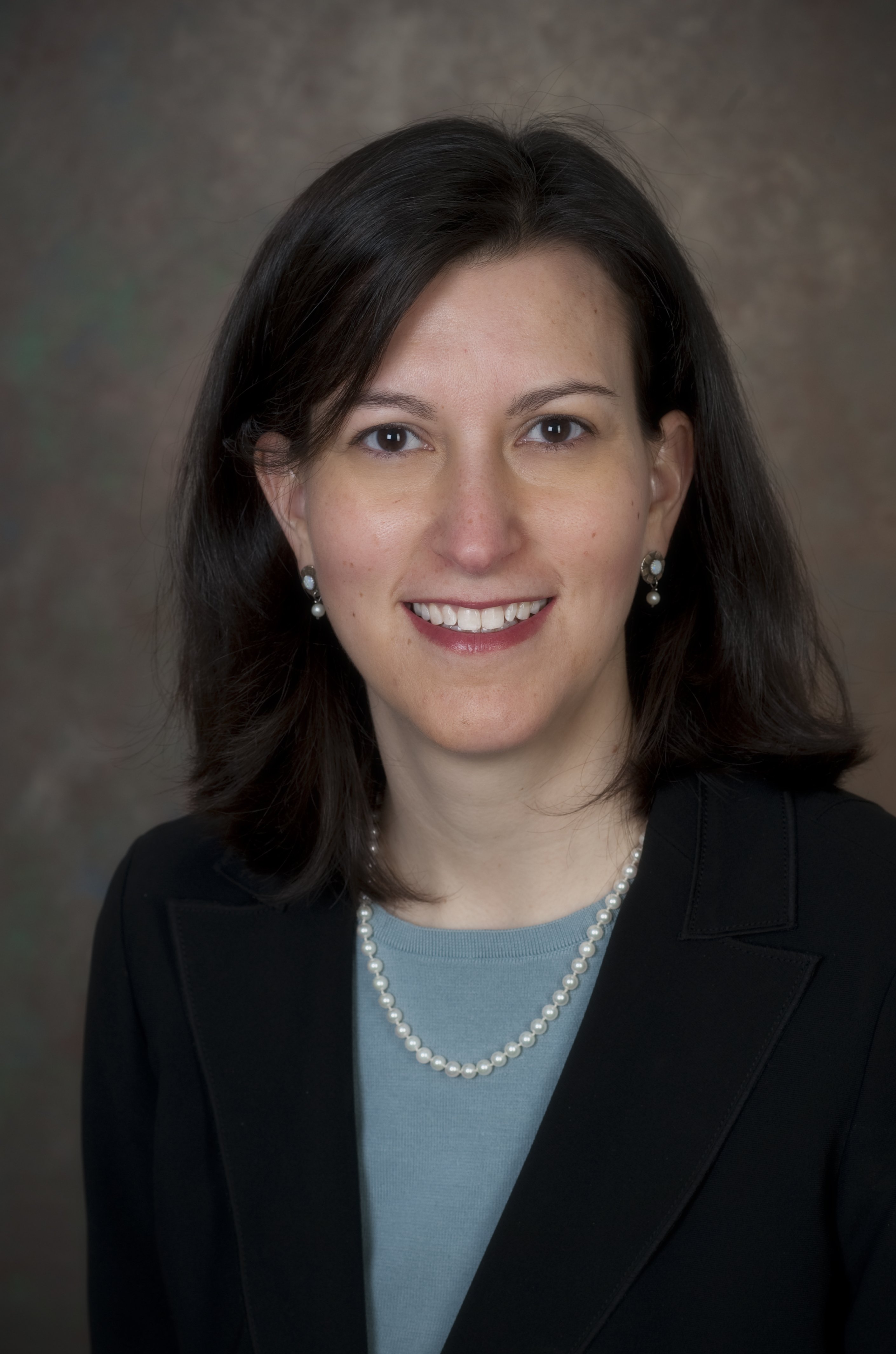
Rachel Davidson
Civil and Environmental Engineering, University of Delaware
Collaboration to advance regional hurricane risk management
The Coastal Hazards, Equity, Economic prosperity, and Resilience (CHEER) Hub is an NSF-funded, 5-year project that aims to advance regional hurricane risk management. This lightning presentation introduces both the substance of what the CHEER project is about and how the work is being conducted to achieve convergence. CHEER centers on development of the Stakeholder-based Tool for the Analysis of Regional Risk (STARR) computational framework designed to capture stakeholder interactions and inform the creation and analysis of government policies for regional disaster risk management. The project involves collaboration across a broad range of disciplines, and across eleven universities and multiple practitioner and grassroots community organization partners. Multiple strategies are being employed to achieve integration of these many participants and many parts, including some related to the project development, group organization and management, Hub culture, and data and code sharing approaches.
Impacts:
- Identify, explain, and quantify the interactions and tradeoffs among the coastal community goals of equity, economic prosperity, and resilience to hazards.
- Develop computationally-efficient methods to model long-term hurricane/tropical cyclone hazards in a way that accounts for climate change and integrates wind, rain, storm surge, and wave hazards.
- Develop a computational framework to design and evaluate policy interventions that can achieve sustainable equity, economic prosperity, and coastal resilience in the context of climate change.
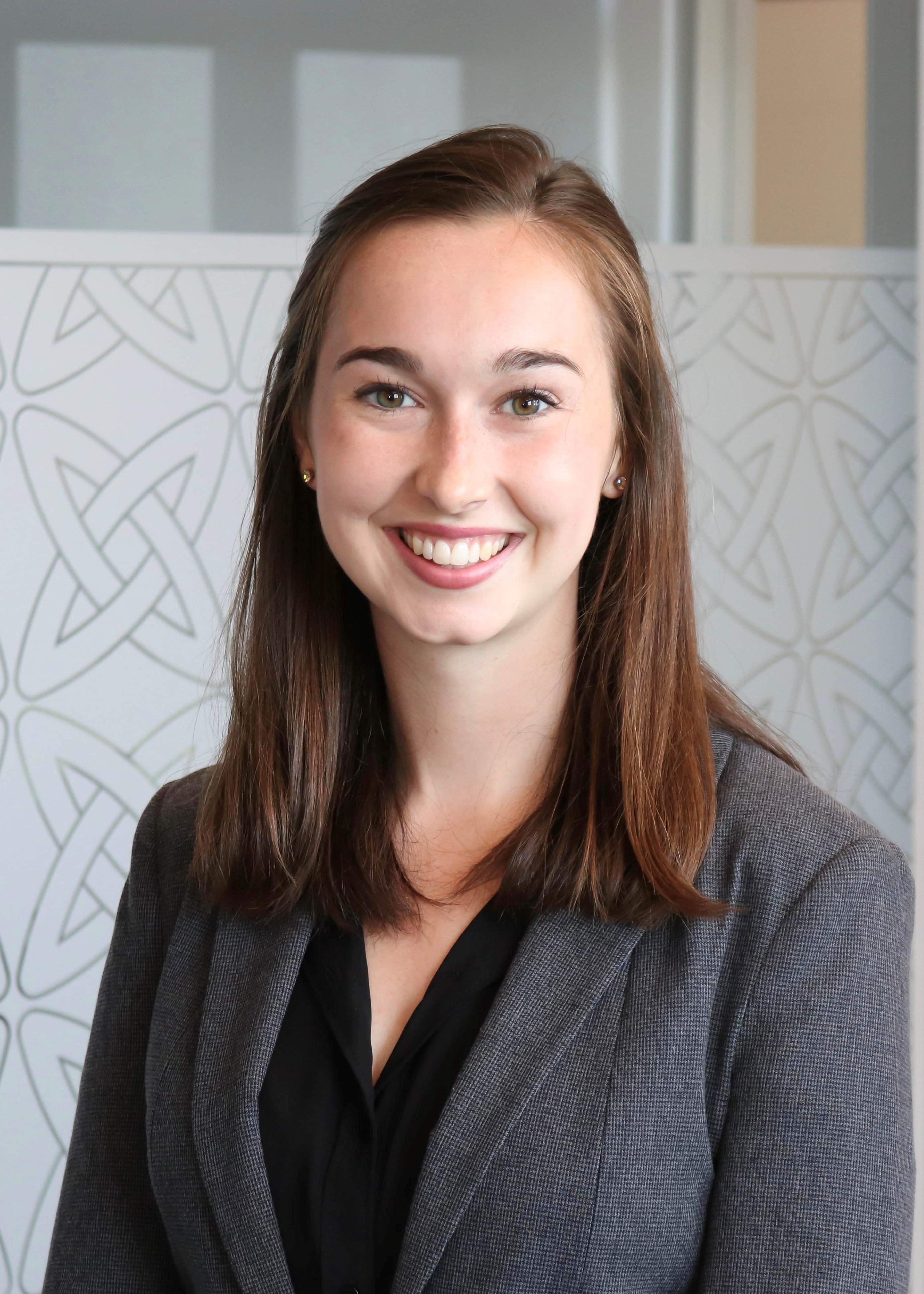
Meredith (Mia) Lochhead
Graduate Student, Stanford University
Surrogate Models of Highway Bridges for Regional-Scale Simulations of Transportation Networks
Understanding the performance of a regional bridge stock is an integral part of planning for the design, retrofit, and post-earthquake recovery of transportation systems. This research focuses on the development and assessment of high-fidelity simulations of bridge performance using machine learning methods. First, a comparative study is conducted for three surrogate models, including a baseline multivariate linear regression, Gaussian Process Regression, and Probabilistic Learning on Manifolds. Each method is trained to use specific structural and ground motion parameters to predict various bridge response parameters. The trained surrogate models are then implemented into the Simcenter’s R2D tool to assess their applicability in a regional earthquake scenario study. Using the M7 HayWired Scenario, model performance is compared against HAZUS, the current standard of practice for regional earthquake damage prediction.
Co-authors: Greg Deierlein, Professor, Stanford University, Kuanshi Zhong, Assistant Professor, University of Cincinnati, Peter Lee, Graduate Student, Stanford University
Impacts:
- Improved understanding of the capabilities in surrogate models in the context of performance prediction of bridge structures under earthquake loading.
- Repeatable method for training, validating, and testing surrogate models in the context of performance based earthquake engineering.
- Improved capabilities for computationally-efficient, high-fidelity regional modeling to prioritize retrofits, understand risk, and compute downstream impacts.
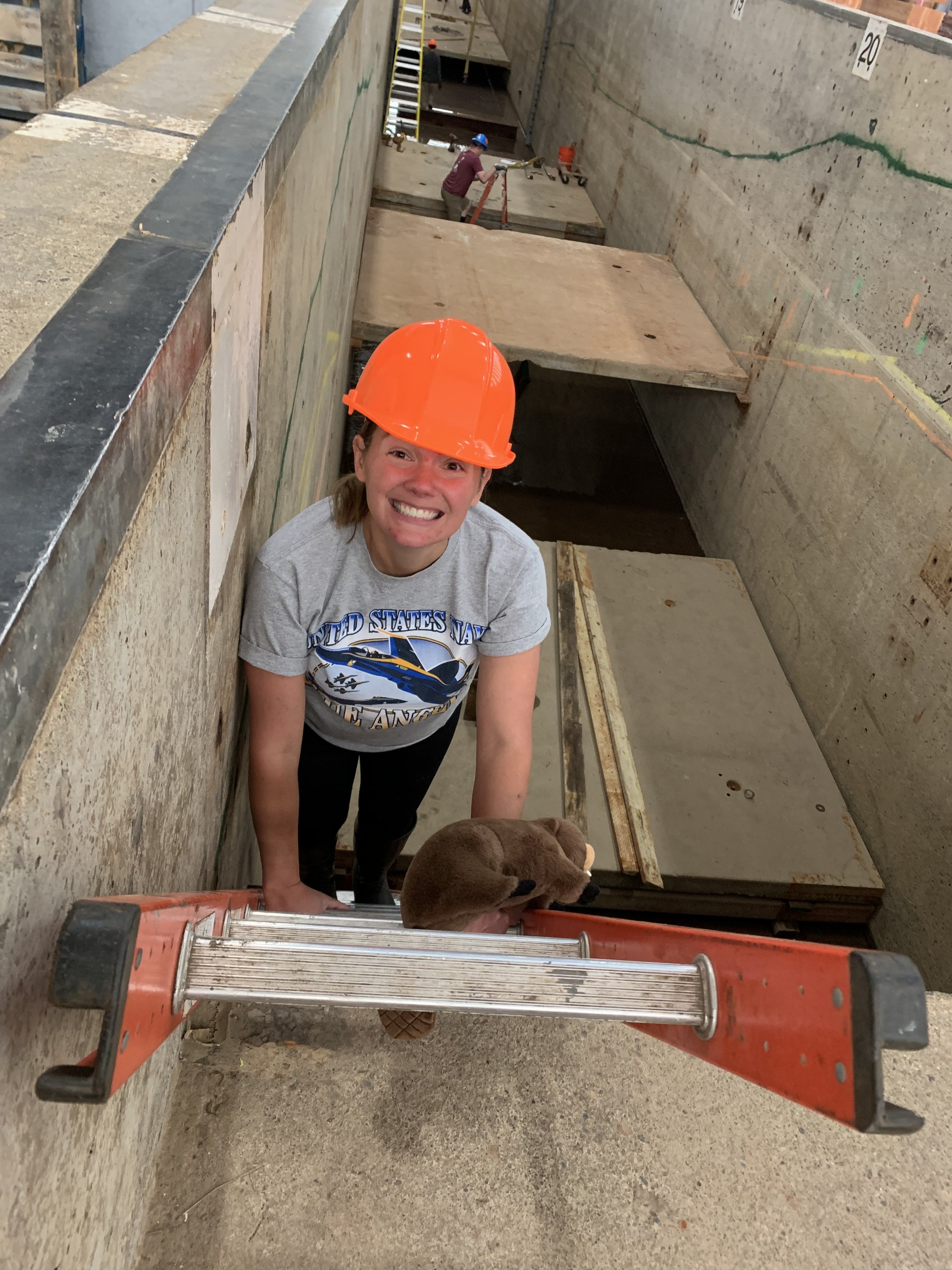
Tori Tomiczek
Associate Prof, United States Naval Academy
Engineering With Nature for Coastal Hazards Mitigation
As climate change exacerbates effects of coastal flood hazards at an alarming rate in near-shore communities, nature-based solutions, such as emergent vegetation, reefs, and dunes, have become increasingly popular for their ability to mitigate these hazards while providing simultaneous ecological and environmental benefits. However, uncertainty in these systems’ engineering performance limits their widespread implementation compared to conventional structural coastal engineering methods. This lightning talk will describe recent advances in quantifying and predicting the performance of nature-based solutions for Engineering With Nature (EWN), emphasizing recent prototype- and large-scale experiments in the NHERI-EF at Oregon State University to characterize mangrove effects on wave height attenuation, wave force reduction, and overtopping mitigation. This and other EWN research can inform national and international efforts to develop guidelines for the successful and effective implementation of nature-based infrastructure.
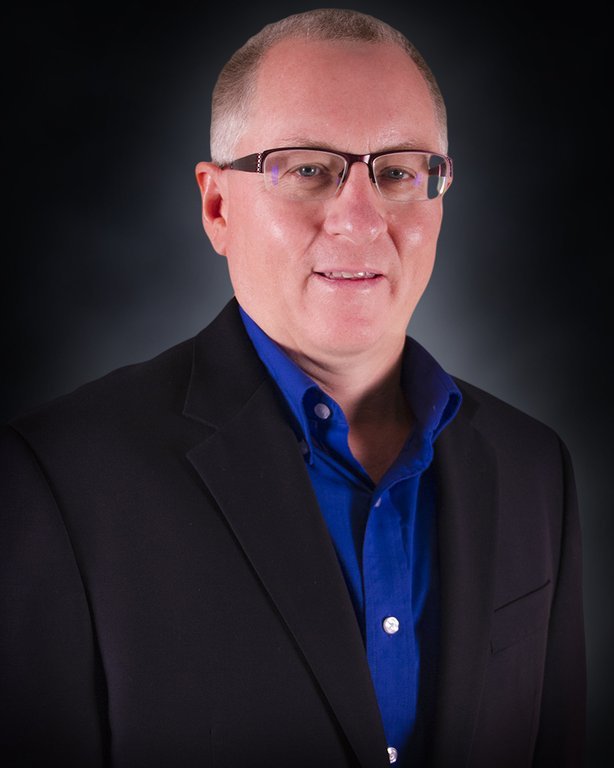
Tim Cockerill
DesignSafe Deputy Project Director, The University of Texas at Austin
DesignSafe: Providing quantifiable impact to the natural hazards research community through advanced cyberinfrastructure
We will highlight DesignSafe’s measurable impact on the natural hazards research community, and the breadth of cyberinfrastructure tools that have enabled this impact. From our CoreTrustSeal certified data repository to our web-based data analytics, numerical simulation and GIS tools, researchers around the world share datasets and make new discoveries
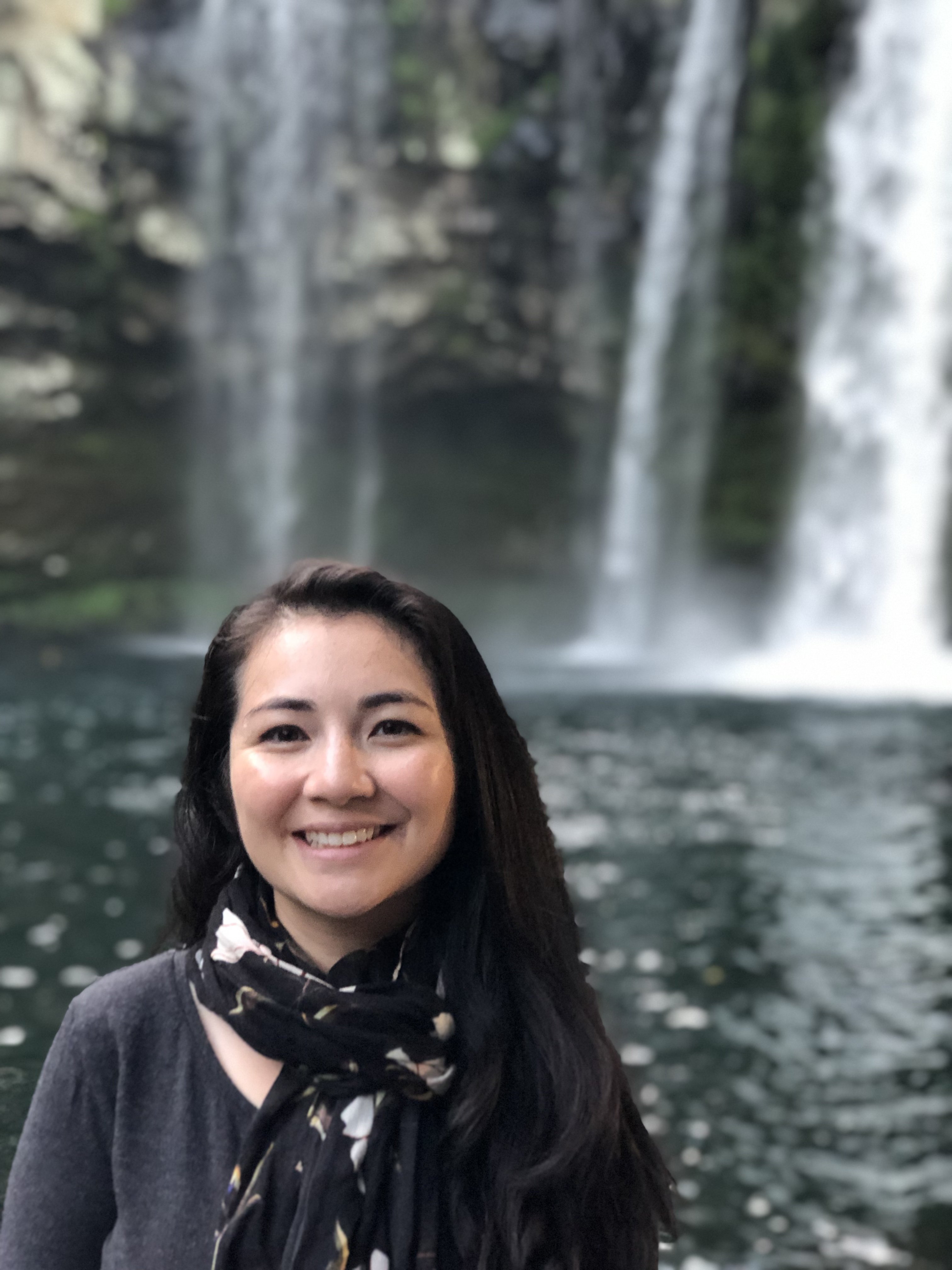
Jenna Wong
Associate Professor, San Francisco State University
Sustainable Structural Resilience – Where we are and where we need to be
Sustainability and structural resilience are two fields supported by years of research and community movement. However, this has predominantly been conducted in very separate contexts with a union of these two fields just happening in the most recent years. With the advancements of climate change manifesting in natural hazards, it is imperative to explore the united front of sustainable structural resilience to prepare our current and future infrastructure. This lightning talk will cover the advancements in materials and structural designs introduced by sustainable efforts while emphasizing the research areas requiring growth to increase community structural resilience from the perspectives of structural engineering practices.
Impacts:
- Increased guidance for design of sustainable features (i.e. green roofs and vertical greenery systems) and structural systems (i.e. tiny homes)
- Creating a bridge between traditional design practices and new sustainable materials
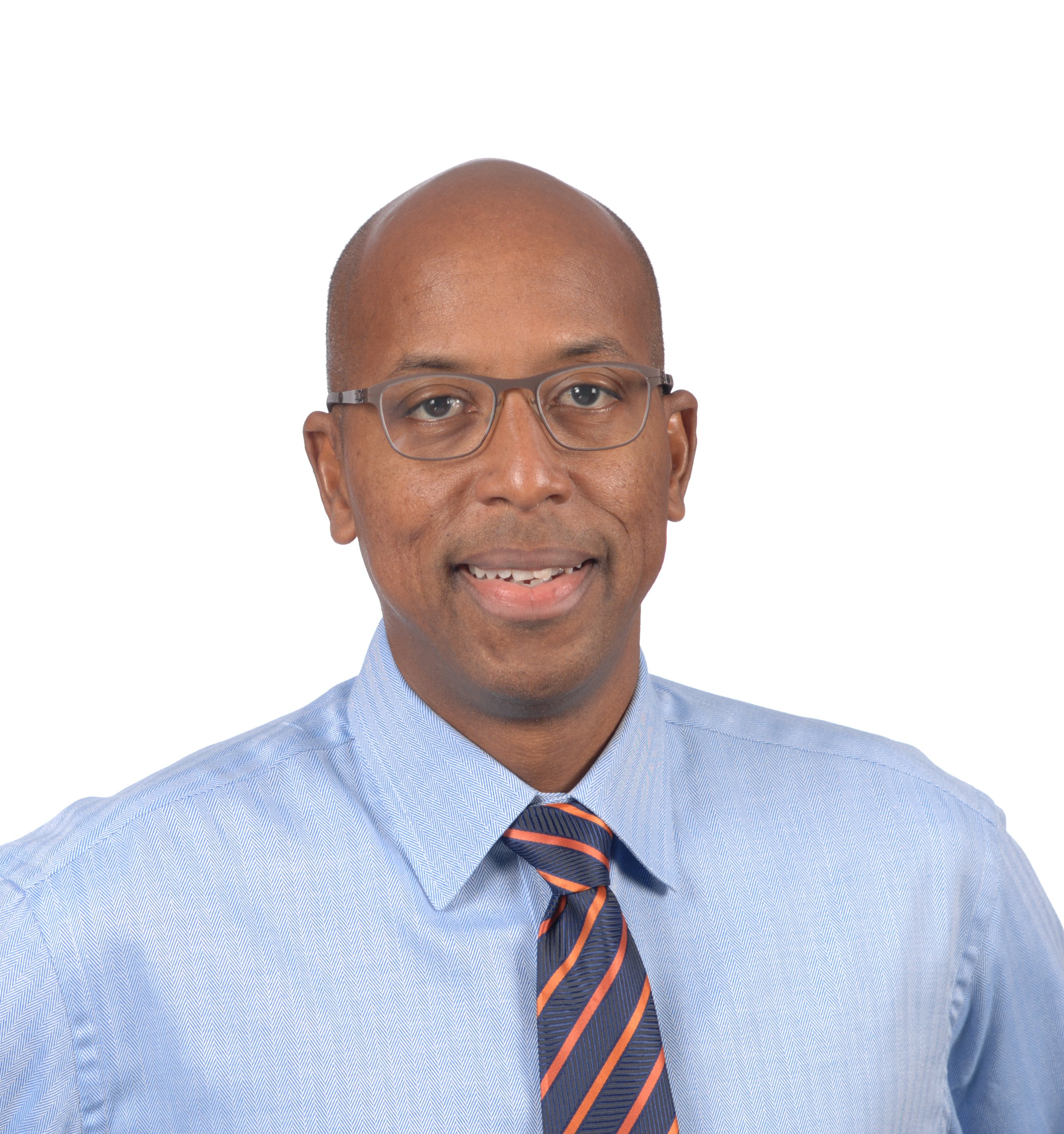
David Prevatt
Professor, University of Florida
Planetary Forces and Societal Choices in Residential Communities
Lightning Talks - Session 3
2:25pm – 3:05pm
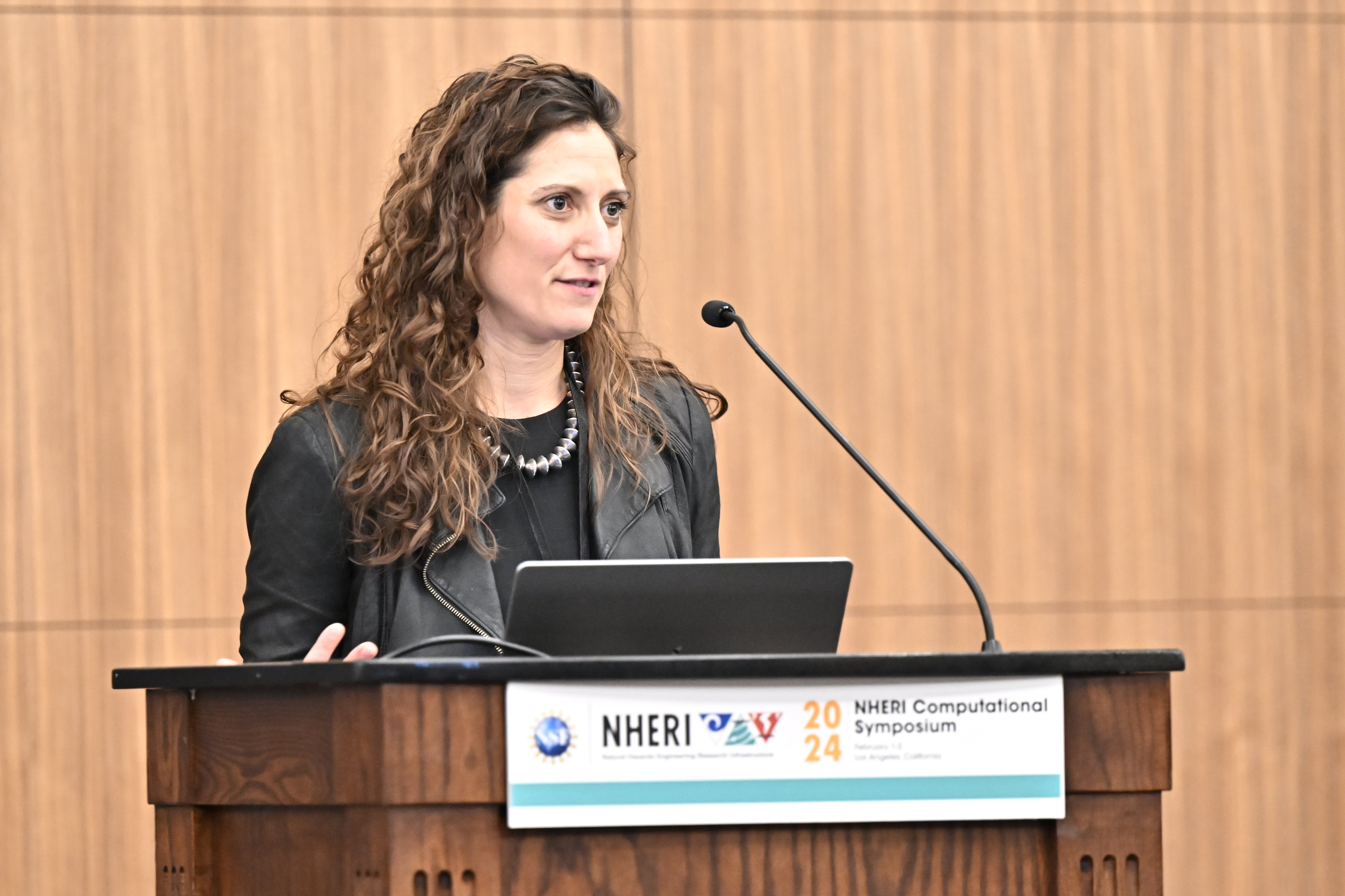
Erica Fischer
Associate Professor, Oregon State University
Wildfire Wisdom: Strategies for Mitigating Wildfire Risks and Protecting Wildland Urban Interface Communities
The materials that are used to design structures and infrastructure are now being subjected to non-conventional environments that they were not designed for, such as fire impacts. In addition, our communities are being exposed to interactions of climate stresses (e.g. drought, excessive precipitation, elevated temperatures) and wildfires as multi-hazard events that are likely to occur over longer temporal extents (5-10 years) than typical multi-hazard events. To mitigate for these events, communities are being tasked with working collaboratively with land management agencies to prepare for and mitigate against the long-term hazard events and address climate-induced complications in the post-disaster recovery. This presentation will provide an overview of the challenges communities face and the role NHERI can play in performing transdisciplinary research to develop innovative solutions to these challenges.
Impacts:
- Transdisciplinary research is required to solve complicated hazard mitigation challenges within communities
- Home hardening and vegetation management within communities is required to protect critical infrastructure systems
- Fire response teams are being overwhelmed due to lack of wildfire mitigation within communities

James M. Ricles
Bruce G. Johnston Professor of Structural Engineering and NHERI Lehigh EF Director, Lehigh University
Multi-Physics Real-time Cyber-Physical Systems Simulation to Advance Fluid-Structure Interaction Research and Promote Community Resiliency Against Wind Hazards.
To design and evaluate the performance of civil infrastructure to wind hazards, wind tunnel tests are traditionally performed to collect wind loading data using aerodynamic and aeroelastic models. Although the aerodynamic testing approach ignores wind forces induced by the motion of the structure, i.e., aeroelastic effects, it has been used to acquire wind pressure data to develop building code wind load design criteria. The NHERI Lehigh Real-time Hybrid Simulation Facility and NHERI FIU Wall of Wind Experimental Facility (WOW EF) teamed have together to develop an alternative approach, where real-time cyber-physical systems simulation was developed to enable advancements in fluid-structure interaction research and community resiliency to wind hazards. The technique involves combining a physical aeroelastic wind tunnel substructure, an experimental response modification device substructure, and a numerically defined virtual structural system substructure to form a cyber-physical system that is subjected to actual dynamic wind forces imposed in the wind-tunnel. The technique, termed Real-Time Aeroelastic Hybrid Simulation (RTAHS), was realized by combining the expertise and resources of the NHERI Lehigh and NHERI FIU Facilities to develop an effective and economical approach to assess the aeroelastic multi-directional wind response of buildings susceptible to natural wind hazards and efficacy of retrofitting techniques.
Co-authors: Amal Elawady, Associate Professor, NHERI FIU WOW Co-PI, Florida International University; Haitham A. Ibrahim, PhD Candidate, NHERI FIU WOW Co-PI, Florida International University; Liang Cao, Research Scientist, NHERI Lehigh RTMD, Lehigh University; Arindam Chowdhury, Professor, NHERI FIU WOW PI, Florida International University; Thomas Marullo, Research Scientist, NHERI Lehigh RTMD, Lehigh University; James Irwin, Research Specialist, NHERI FIU WOW, Florida International University
Impacts:
- RTAHS is a new approach that is effective and economical in assessing multi-directional aeroelastic wind response of buildings to reduce risk from wind hazards.
- RTAHS can be readily used in wind tunnels to explore different retrofit strategies of existing structural systems to enhance their resiliency to wind hazards.
- Multidisciplinary mentoring and training of a new generation of diverse researchers in cyber-physical simulation of structural systems subjected to wind hazards.
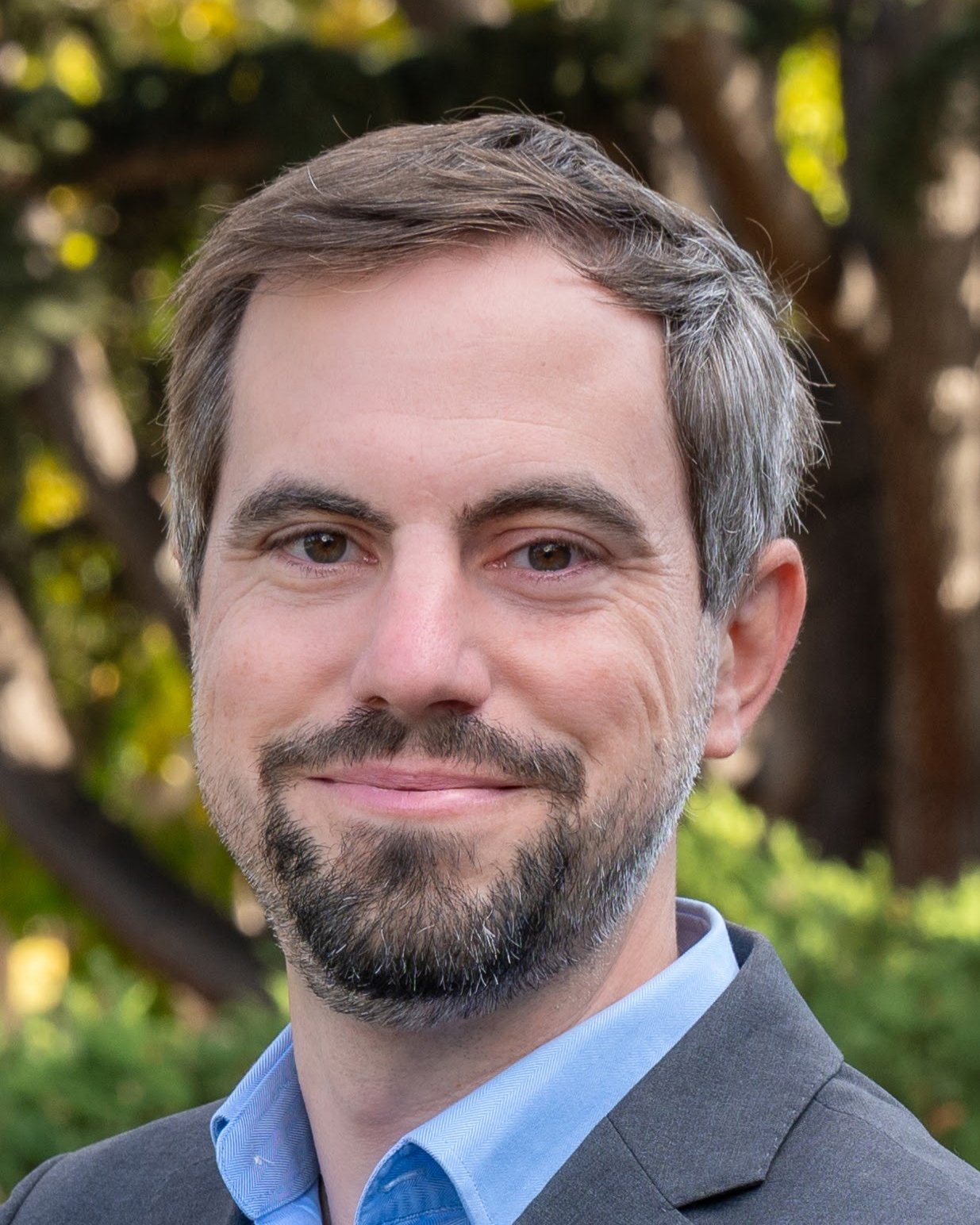
Adam Zsarnóczay
Research Engineer, Stanford University
Fostering Collaboration to Drive Innovation in Disaster Recovery and Community Resilience
Recent advances in computing and information technologies have allowed for the integration of regional loss modeling and performance-based engineering approaches. The integration of various methods is most apparent in earthquake engineering, as high-fidelity modeling traditionally used for individual buildings is increasingly used for large-scale analyses of building portfolios. The NHERI SimCenter is working with experts from academia, industry, and government to create a simulation platform that facilitates integrating models and exchanging feedback. Combining these models with high-resolution building inventories, demographic data, and local urban development plans offers unprecedented opportunities for multi-disciplinary simulations that can provide more detailed information for stakeholders and decision-makers on natural hazard risk. This talk reviews how we brought together several leading design firms and major research groups to create a collaborative environment and enhance methods that simulate building recovery after earthquakes.
Co-authors: Gregory G. Deierlein, Stanford University; Matthew Schoettler, UC Berkeley; Frank McKenna, UC Berkeley; Matthew DeJong, UC Berkeley
Impacts:
- The SimCenter provides an open platform that provides public access to a wide range of models for natural hazard risk simulation so that everyone can explore, utilize, and improve these models.
- A shared simulation platform by leading experts in academia and industry facilitates the adoption and benchmarking of new models and accelerates innovation.
- An illustrative example demonstrates the impact of this platform on the new generation of models and the future of recovery simulation in earthquake engineering.
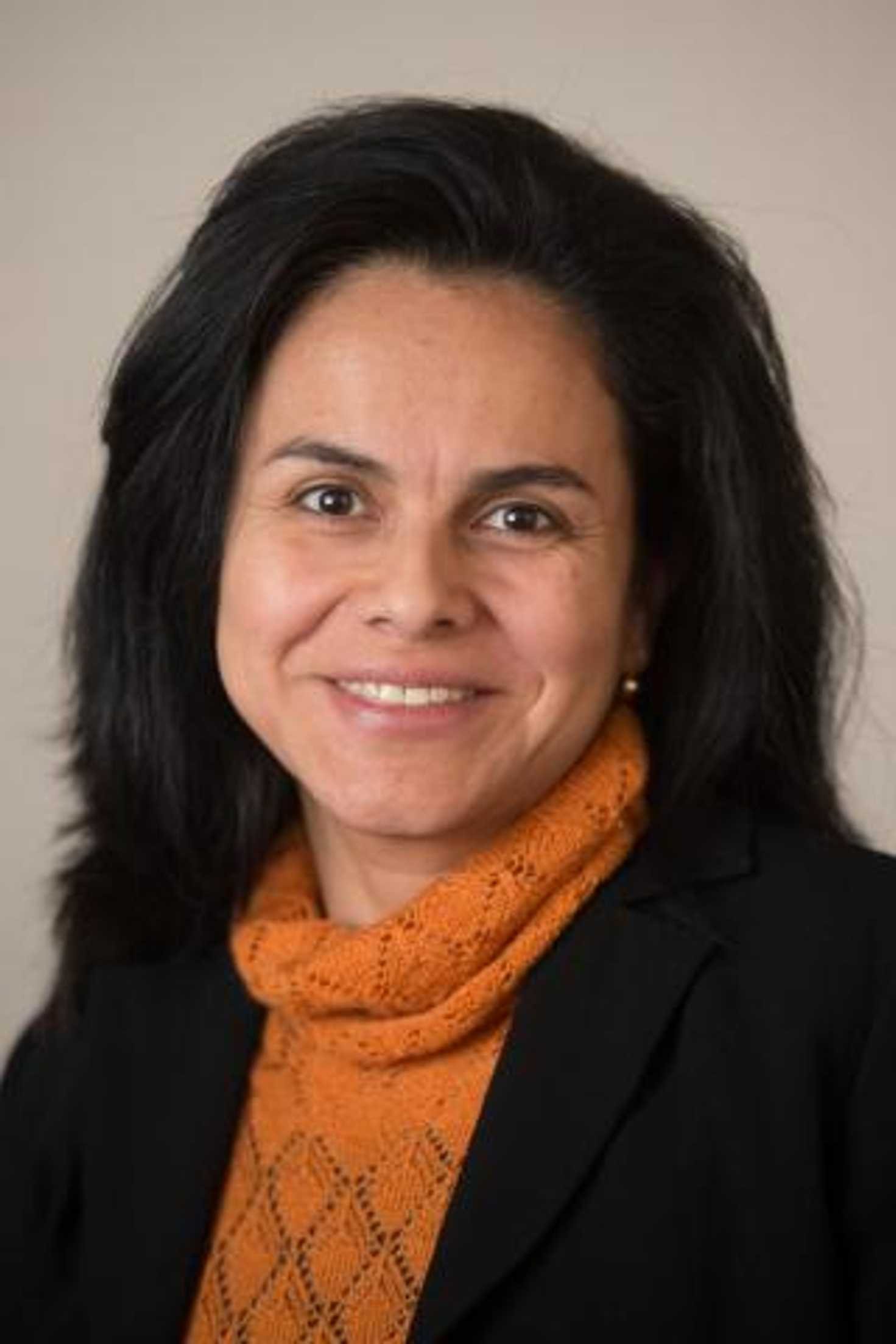
Claudia Marin-Artieda
PhD, PE, Professor, Howard University
Enhancing Infrastructure Condition Assessment through Computer Vision
In structural assessment, the integration of computer vision technology implies a transformative shift. This presentation sketches the journey from conventional methods to the innovative application of computer vision in enriching vibrational datasets and condition estimations of general infrastructure. It begins with reflecting on traditional visual and vibrational analysis techniques, highlighting their limitations. The narrative progresses with the emergence of computer vision as the protagonist, revolutionizing data collection and analysis with its advanced algorithms.
Real-world examples demonstrate how computer vision empowers engineers to track dynamic properties, predict vulnerabilities, and identify errors within datasets. However, obstacles such as managing diverse lighting and environmental conditions and achieving real-time processing remain. Interdisciplinary collaboration and innovative solutions are crucial for overcoming these challenges
Impacts:
- Enhanced accuracy and efficiency in structural condition assessment through computer vision technology
- Streamlined data collection processes, reducing the need for labor-intensive sensor installations
- Facilitation of interdisciplinary collaboration addressing complex challenges in structural engineering

Alia Amer
Postdoctoral Research Associate, Lehigh University
Early Career Resilience in Large-Scale Laboratory Testing and the Engineering Profession
Enhancing the resiliency of the built environment to withstand the effects of natural hazards is a topic of high priority and concern among stakeholders. This talk will present a form of construction that addresses this concern, namely mass timber. Mass timber is a versatile and sustainable construction material that reduces the carbon footprint in construction, and is therefore environmentally friendly. The research that is presented focuses on the seismic response and damage of mass timber structures with cross-laminated timber (CLT) rocking shear walls. Large-scale test sub-assembly components and connection details were designed to accommodate the expected kinematic conditions imposed by building lateral drift and controlled-rocking response of CLT shear walls under multidirectional lateral loading without suffering damage. The research not only focused on providing valuable experimental data and resources for researchers and practitioners to enhance the seismic resilience of tall mass timber structures, but also broadened my expertise and ability to lead research projects. The presentation will conclude with a discussion of my experience as a young female researcher looking to establish myself in my field of expertise, and how I empowered myself to become successful.
Impacts:
- Improved knowledge of the behavior of a full mass timber building system under multidirectional loading
- Design procedures developed for enhancing the seismic resilience of mass timber buildings with CLT rocking walls.
- Close interactions with the industry during the project have contributed to generating realistic outcomes empowering faster technology transition in the field.
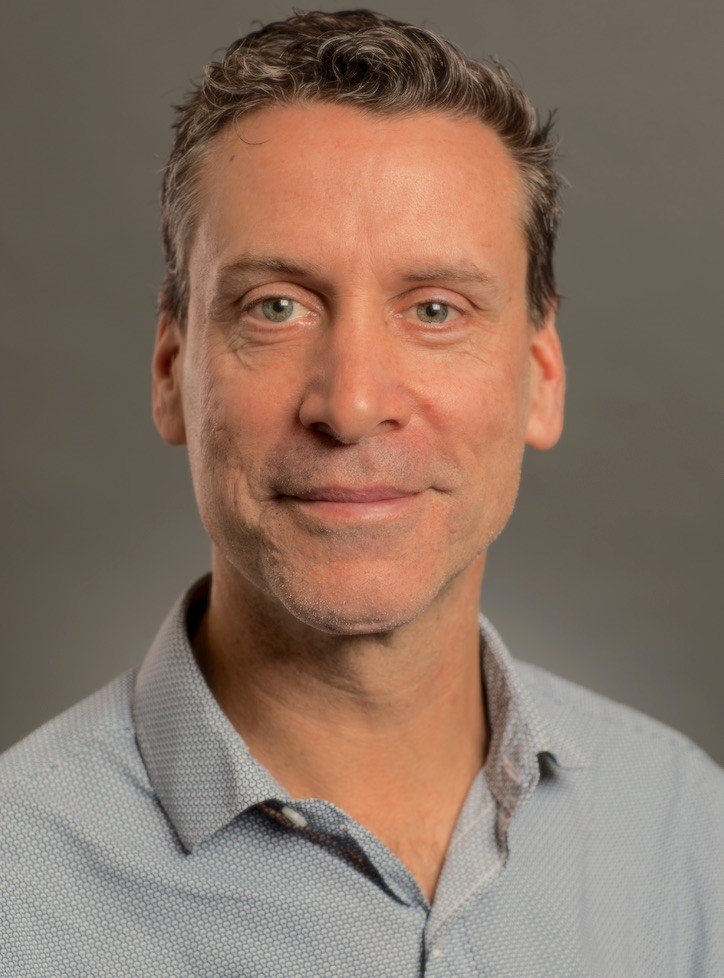
Joe Wartman
Director, RAPID Facility; Professor of Civil and Env. Engineering, University of Washington
Hazards, Human Behaviour, and Health
This presentation investigates the critical connection between extreme natural hazard events, human behavior, and resulting health outcomes. Specifically focusing on landslides, I will examine how post-event field reconnaissance data, combined with detailed eyewitness accounts, can shed light on the relationship between event magnitude, human exposure, and the critical personal protective actions that influence survivability during major landslide events. By disentangling this data on landslide inundation and mortality, my colleagues and I aim to inform and support the development of evidence-based, data-driven risk reduction policies and recommendations.








